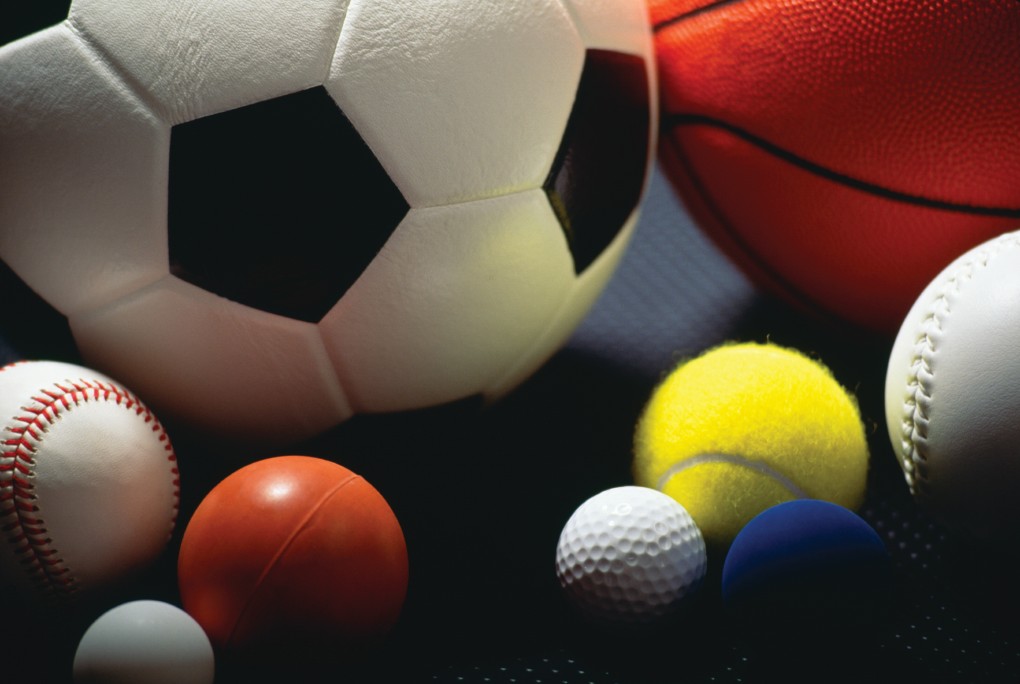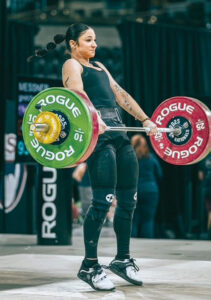PIAA adjusting competitive formula

Metro
Over the first few months of 2025, the PIAA approved some changes that will and can impact local high school sports going forward.
Perhaps one of the most talked about issues — and yet least understood by those not directly involved in high school sports at the district or state level — the PIAA competition formula, has been tweaked to make it harder for teams to be forced to move up.
The two sports in which the competition formula has impacted teams most often locally, high school football and high school basketball, both allow more transfers to enter a program before that program is forced up a classification — no matter how much it wins.
In high school football, the number of transfers needed to force a team up is now five — up from three.
But there’s a couple things to remember that are tied to this.
First, how does the PIAA define a transfer?
Teams may receive a transfer student any time before the natural break between eighth grade and ninth grade, and that number will not count toward the team’s transfer total.
Also, the PIAA has allowed schools to appeal a transfer counting toward its total if the transfer occurred due to a change of family living circumstances that was necessitated by exceptional and unusual circumstances beyond the reasonable control of the student or the student’s family.
In addition to having five transfers that entered the school following their ninth-grade year and those students not having documentation to prove a change of living circumstances the PIAA deems worthy, schools must also have earned seven success factor points.
How do you accumulate success points?
A team receives four points for making a state final, three points for making a PIAA semifinal, two points for a PIAA quarterfinal and one point for making it to the final 16 teams playing for a state final in its classification.
So, for a team to move up initially in the PIAA football competition formula, it needs to at minimum have five post-ninth grade transfers and to have made at minimum a state final and a state semifinal in the same two-year cycle.
In basketball, the number of transfers needed to trigger the PIAA competition formula has doubled from one to two.
Bishop Guilfoyle Academy’s boys basketball team is currently playing at Class 3A due to being forced up by the formula when it had one transfer at the time. If the new rules had been in place, the Marauders wouldn’t have been moved up.
As for the Lady Marauders, who are coming off back-to-back PIAA championships not in the same cycle, they will definitely be in Class 1A again next year, as teams cannot change class in the middle of a two-year cycle. They would need to make the PIAA semifinals to reach seven success points next season, but unless they have two players on their roster who are deemed transfers after they began ninth grade, BG would not move up unless its enrollment numbers went higher or it chose to do so on its own.
The following are the amount of transfers required to move up in each sport, along with the seven success points — field hockey (three), soccer (three), tennis (three), wrestling (three), baseball (four), softball (four), volleyball (three) and lacrosse (five).
Finally, once a team has been moved up, how can it move back down?
When it is first determined a team is tabbed to be moved up, it has the right to appeal. Before the changes, that appeal had to be either a mathematical error in assignment of success points or asserted errors in the assignment of the number of transfers.
Schools can now appeal based on the transfer occurring because of a change of living circumstances, which is detailed above, or documentation or evidence regarding the impact on health and safety of the student athletes. This is the argument Aliquippa football has presented to argue its move to Class 5A in the past, but while these arguments will now be considered by the PIAA, it does not guarantee a successful appeal.
Once a team is officially moved up and an appeal has been either not attempted or denied, a team can move back to its original class if it earns less than three success points in a two-year cycle and has less than the amount of transfers needed to originally move that team up in that sport. A team can also move back down if it has zero success points even if it does have the amount of transfers needed to originally move up.
SUBHED: New volleyball classes
Due to rising numbers of schools with a high school girls volleyball team, the PIAA voted to add two extra classifications to the sport starting in the 2026-2027 season.
The sport currently is played with four classes but will move up to six due to 622 teams in the state — a number similar to the schools sponsoring a basketball and softball team, which both already are six classes.
SUBHED: Policy removed
The PIAA voted to remove its transgender policy by a vote of 27-0-1 after an executive order from President Donald Trump on Feb. 5. When a student’s sex is questioned or uncertain, the decision of the school as to the student’s sex will be accepted by the PIAA.
SUBHED: Co-op approved
Beginning this fall, the Mifflin County girls soccer team will join a co-op with Belleville Mennonite that will not impact its classification.



